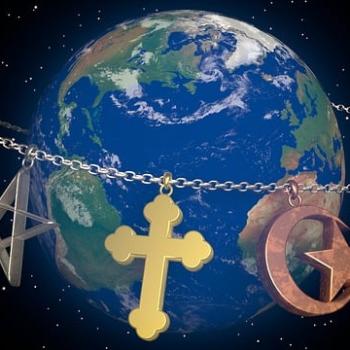The post about “Happy New Year,” referring to the beginning of Advent and asking about why the last days of the church year aren’t really noted, made me realize that the church year is not supposed to cover everything. Christians are under two calendars, just as they live their lives in two times. There is the secular calendar, the time of the world, that progresses from season to season, along with its distinct cultural and national holidays, such as in the USA Independence Day and Thanksgiving. And then there is the liturgical calendar, commemorating the life of Christ and of the Church. The church calendar is superimposed on the secular calendar. Christians participate in them both, just as they participate in both of God’s Kingdoms, His hidden rule over all of the created secular order and His revealed spiritual rule in Christ as manifested in the Church.
We shouldn’t follow the church calendar alone, rejecting the secular calendar, with its pagan nomenclature from Roman and Germanic deities (January from the two-faced god Janus; Wodin’s day, Thors’ day, Freya’s day), since we must live out our faith in this world. Nor should we follow the secular calendar alone, since Christ became incarnate in time. Sometimes the two time sequences counter each other, such as one of the most joyous days of the church year–Christmas– comes at the gloomiest point of winter. Sometimes they complement each other, as when the other most joyous day of the church year–Easter–comes at one of the most joyous times of the secular calendar, the season of Spring. And sometimes the church calendar crosses over into the cultural calendar, as Christmas does, just as Christianity has influenced the cultures in which it finds itself, and as Christ did when He became incarnate in human history.












